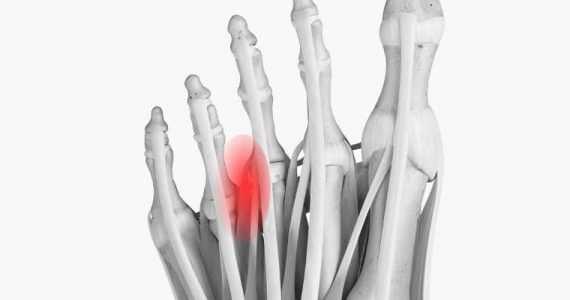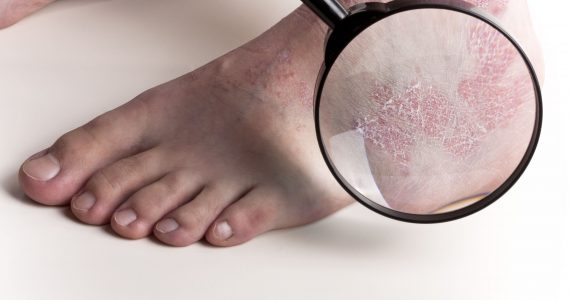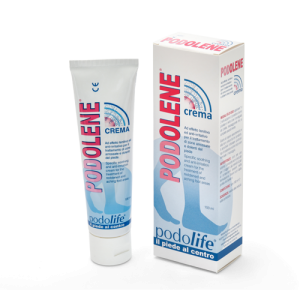
What is Morton’s neuroma?
Morton’s neuroma consists of an enlargement of one of the nerves located between the toes. The chronic irritation that causes the neuroma takes its name from the 19th century American surgeon Thomas George Morton who was the first to describe this painful condition.
If neglected, Morton’s neuroma can lead to the development of fibrous scar tissue around the irritated nerve (the scar tissue can even reach the size of a grape).
What are the symptoms of Morton’s neuroma?
The most common symptoms of Morton’s neuroma are:
- Pain under the sole of the foot
- Burning under the sole of the foot
As the pathology gets worse shooting pains can be felt when the irritated nerve is stimulated and the pain becomes constant.
What are the causes of Morton’s neuroma?
The factors that generate the Neuroma are still not fully known today, nevertheless it has been ascertained that certain factors can ease or aggravate the problem, the most common being:
- The use of unsuitable footwear
- Postural deficits
- Neurological disorders
- Hallux rigidus
- Hallux valgus
- Overloading the forefoot
- Morphological alterations to the foot (such as claw feet and flat feet);
- Ligamentous laxity
- Rheumatoid arthritis
- Repeated microtraumas
- Engaging in sport on unsuitable surfaces
Treatment of Morton’s neuroma
Early diagnosis is essential for the treatment of Morton’s neuroma. Once the neuroma has been identified, depending on its size and the level of pain experienced by the patient, the most suitable treatment is chosen.
Initially there is a choice of conservative treatments:
- the use of insoles or silicone orthoses;
- ointments containing specific substances with an anti-neuroinflammatory action (ALIAmides);
- physiotherapy;
- local injections of cortisone with anaesthetic;
Where the pain persists and the neuroma becomes larger the options are:
- Ultrasound-guided alcoholisation. Consists of locating the nerve under sonographic guidance, inserting a thin needle under local anaesthetic and carrying out an ultrasound-guided injection containing pure alcohol and a local anaesthetic. The ethanol injected around and inside the nerve produces a chemical neurolysis through dehydration, necrosis and precipitation of protoplasm.
- Surgical intervention with removal of the nerve (neurectomy) can be carried out with various surgical approaches (plantar, transverse/plantar, longitudinal/dorsal and intermetatarsal). The dorsal approach seems to be most successful but no more than in 83% of cases. The complications of surgery can be a lack of sensitivity in the toes or in the digital fornix.




